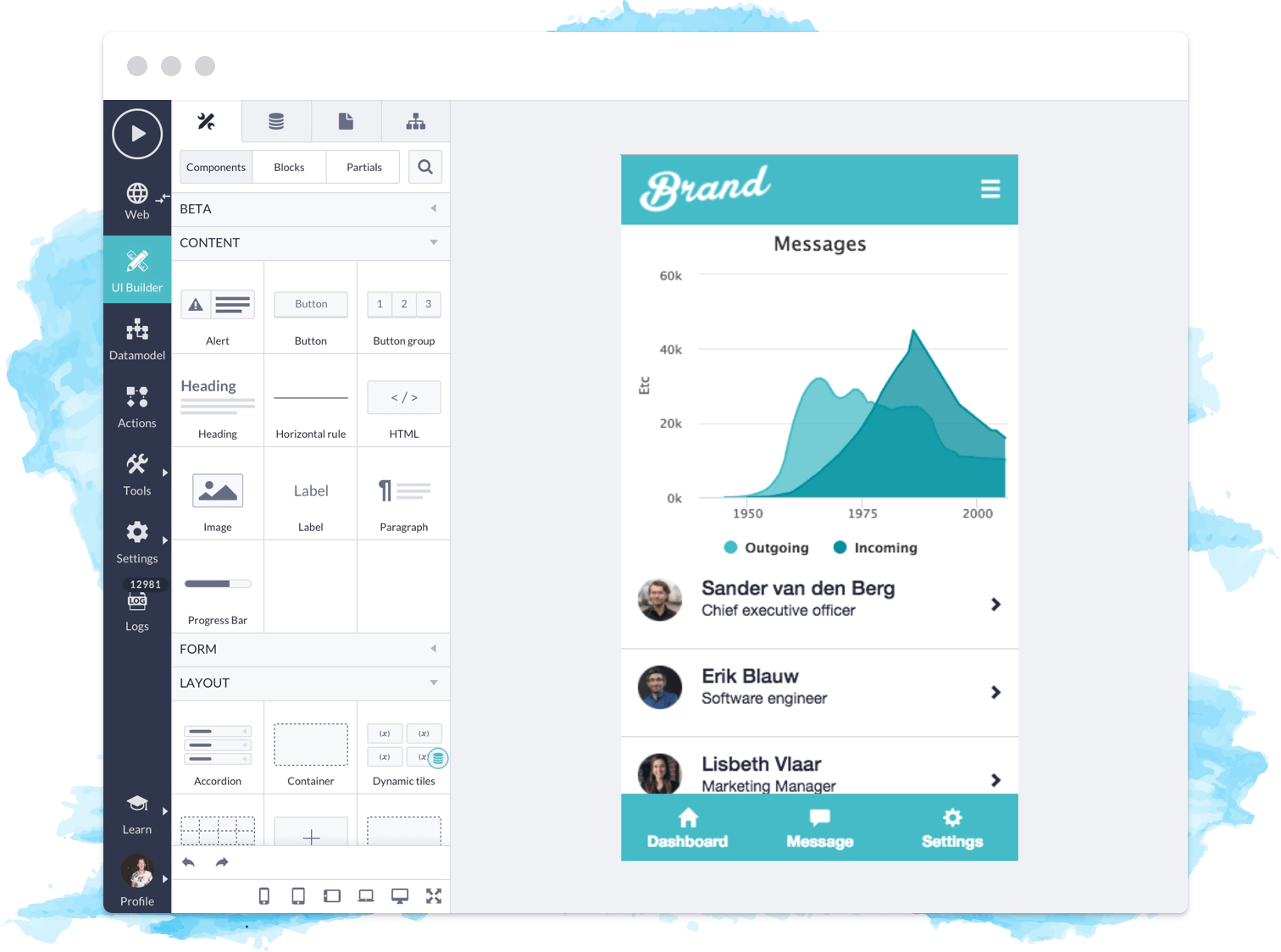In the rapidly evolving digital landscape of 2024, no-code platforms have emerged as a game-changer for individuals and businesses alike. These innovative tools empower users to create stunning websites without the need for extensive coding knowledge. By leveraging intuitive drag-and-drop interfaces and pre-built templates, anyone can become a web developer, regardless of their technical background. As we delve into the world of no-code platforms, we will explore how they are revolutionizing web development and making it accessible to everyone.
Throughout this article, you will discover the key features that make no-code platforms so appealing, including their user-friendly design, cost-effectiveness, and the ability to rapidly prototype ideas. We will also highlight some of the leading no-code tools available in 2024, providing insights into their unique functionalities and how they can cater to various project needs. Whether you are a small business owner looking to establish an online presence or an entrepreneur eager to launch your next big idea, this guide will equip you with the knowledge to navigate the no-code landscape effectively.
Furthermore, we will discuss the latest trends in no-code development, including integrations with artificial intelligence and automation, which are set to enhance the capabilities of these platforms. By the end of this article, you will not only understand the benefits of no-code platforms but also feel inspired to take the leap into building your own website without writing a single line of code. So, let’s embark on this exciting journey into the world of no-code development!
The Rise of No-code Platforms
No-code platforms have gained significant traction in recent years, allowing individuals and businesses to create websites without any coding knowledge. This trend is driven by the increasing demand for rapid digital transformation and the need for businesses to establish an online presence quickly. In 2024, we can expect to see even more innovative no-code solutions that cater to various industries, making it easier for users to build functional and aesthetically pleasing websites.
The rise of no-code platforms is also fueled by the growing community of non-technical users who are eager to participate in the digital economy. As these platforms become more user-friendly and accessible, they empower individuals to take control of their online projects, leading to a surge in creativity and entrepreneurship.
Key Features of No-code Platforms
No-code platforms come equipped with a variety of features that simplify the website-building process. Drag-and-drop interfaces, customizable templates, and pre-built components are just a few of the tools that make it easy for users to create websites without writing a single line of code. These features not only save time but also reduce the complexity associated with traditional web development.
Additionally, many no-code platforms offer integrations with popular third-party services, such as payment gateways, email marketing tools, and social media platforms. This allows users to enhance their websites’ functionality without needing extensive technical knowledge, making it an attractive option for small business owners and entrepreneurs.
Popular No-code Platforms in 2024
As we move into 2024, several no-code platforms are leading the market, each offering unique features and capabilities. Platforms like Webflow, Bubble, and Wix have established themselves as favorites among users looking to build websites without coding. These platforms provide a range of tools that cater to different needs, from simple landing pages to complex web applications.
In addition to these established players, new entrants are emerging, focusing on niche markets and specific use cases. This diversity in offerings ensures that users can find a platform that aligns with their specific requirements, whether they are creating an e-commerce site, a portfolio, or a blog.
The Impact of AI on No-code Development
Artificial intelligence is playing a pivotal role in the evolution of no-code platforms. In 2024, we can expect to see AI-driven features that enhance user experience and streamline the website-building process. For instance, AI can assist users in selecting the best design elements, optimizing content for search engines, and even predicting user behavior to improve website performance.
Moreover, AI-powered chatbots and customer support tools are becoming increasingly integrated into no-code platforms, allowing users to provide better service to their website visitors. This integration not only enhances user engagement but also helps businesses gather valuable insights into customer preferences and behaviors.
No-code vs. Low-code: Understanding the Difference
While no-code platforms are designed for users with little to no technical expertise, low-code platforms cater to developers who want to accelerate the development process. Understanding the difference between these two approaches is crucial for businesses looking to choose the right solution for their needs. No-code platforms focus on simplicity and ease of use, while low-code platforms offer more flexibility and customization options for those with some coding knowledge.
In 2024, the distinction between no-code and low-code will continue to blur as more platforms incorporate features that appeal to both audiences. This hybrid approach allows businesses to leverage the strengths of both methodologies, enabling them to build robust applications while still maintaining a user-friendly experience.
Use Cases for No-code Platforms
No-code platforms are versatile tools that can be used for a variety of applications. From creating personal blogs to developing complex e-commerce websites, the possibilities are endless. In 2024, we will see an increase in the use of no-code platforms for building internal tools, automating workflows, and managing customer relationships.
Businesses are increasingly recognizing the value of no-code solutions for rapid prototyping and testing new ideas. By allowing teams to create functional prototypes without the need for extensive coding, no-code platforms enable organizations to innovate faster and respond to market demands more effectively.
Challenges and Limitations of No-code Platforms
Despite their many advantages, no-code platforms are not without challenges. Users may encounter limitations in terms of customization and scalability, particularly as
| Aspect | Description |
|---|---|
| Definition | No-code platforms allow users to create websites and applications without writing code, using visual interfaces and pre-built templates. |
| Market Growth | The no-code market is expected to grow significantly in 2024, driven by the increasing demand for rapid development and digital transformation. |
| Target Audience | These platforms cater to non-technical users, entrepreneurs, and small businesses looking to establish an online presence quickly and affordably. |
| Key Features | Drag-and-drop interfaces, customizable templates, integrations with third-party services, and responsive design capabilities. |
| Popular Platforms | Wix, Squarespace, Webflow, Bubble, and Shopify are among the leading no-code platforms in 2024. |
| Benefits | Faster development times, lower costs, ease of use, and the ability to iterate quickly based on user feedback. |
| Challenges | Limitations in customization, potential scalability issues, and reliance on platform providers for updates and support. |
| Future Trends | Increased AI integration, enhanced collaboration features, and a focus on user experience and accessibility. |



